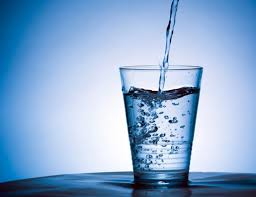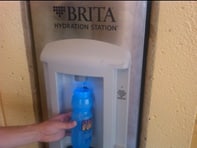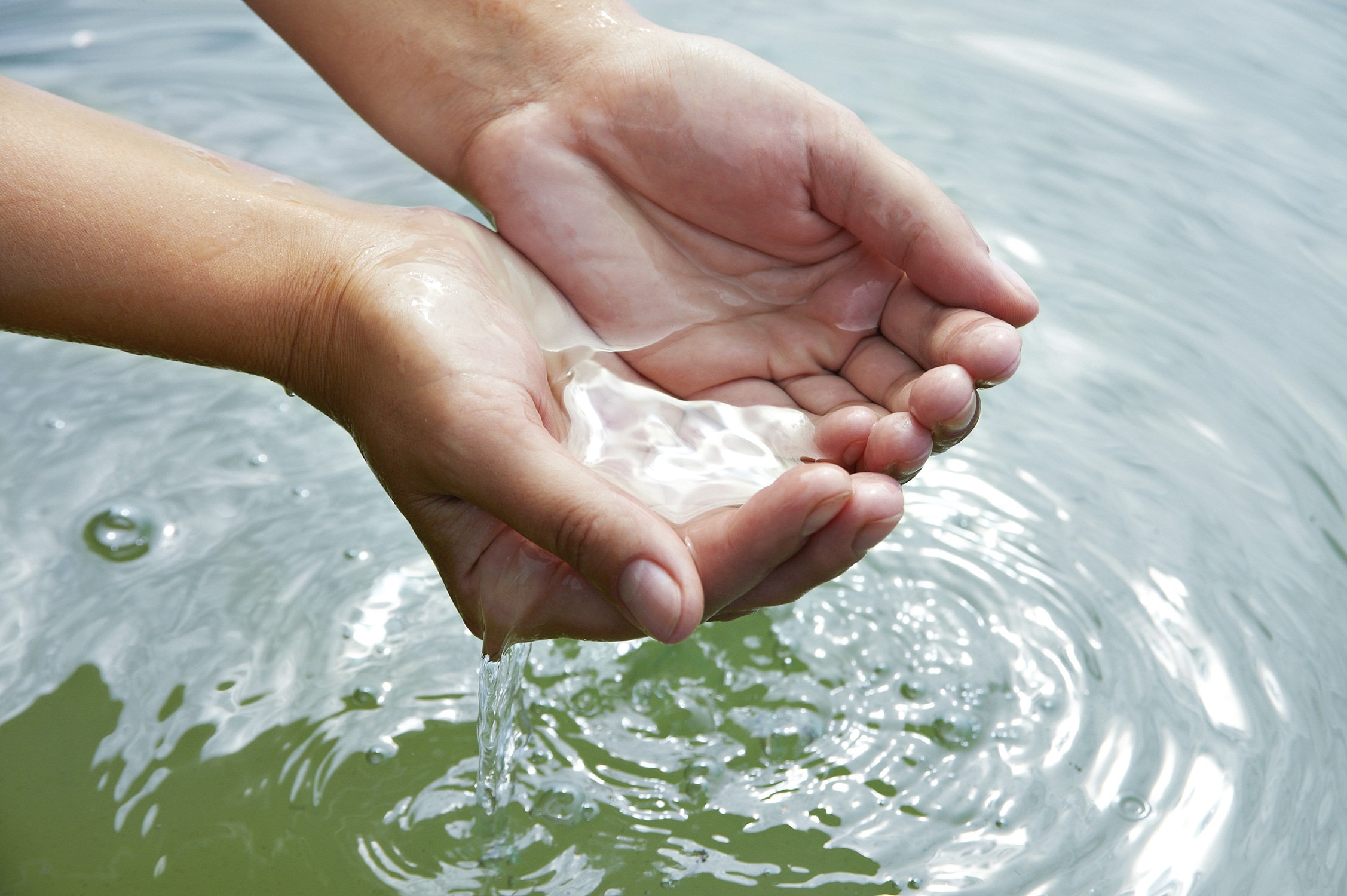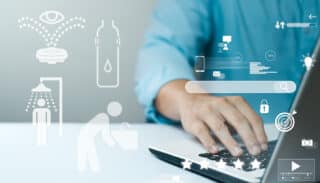As recently reported in multiple media outlets, high levels of lead are tainting water systems across our country. Here are some data points and facts we have collected to help summarize the issues and challenges facilities and homes are facing:
- The EPA’s national testing “action level” for lead in water is 15 parts per billion.
- A national EPA analysis conducted between 2012 and 2015 showed 350 schools and day-care centers failed lead tests a total of 470 times. [1]
- Flint Water Study sampled 252 homes in Flint, Michigan and results showed that 40% of samples were over 5 parts per billion (ppb). Flint’s 90th’ile lead value is 25 ppb in that survey. [2]
- Newark, NJ collected 2,067 samples from school buildings between 2012 and 2015 with 12% above the EPA “action level.” With results ranging from 16 to 558 ppb.[3]
- The EPA estimates that about 90,000 public schools and half a million child-care facilities are not regulated under the Safe Drinking Water Act because they depend on water sources such as municipal utilities who are expected to test their own water.[4]

- EPA recommends anyone concerned with lead should only consume filtered or bottled water (washing hands and bathing with unfiltered water is ok). Filtered water is a safe option only if the filter is certified to remove lead and it is replaced regularly. [5]
- EPA recommends using an NSF-certified water filter to remove lead. [6]
With many factors influencing water safety levels, we wanted to highlight some of the safety features of our bottle fillers and their certifications for those looking for solutions.
- Brita® Hydration Stations® are certified to NSF International 53 to remove 99% percent of lead and 99.9% of cysts from tap water that has a lead concentration of 150 parts per billion. [7]
- Point-of-Use bottleless units are designed for smaller amounts of drinking water and offer a 1,500-gallon capacity certified Brita® professional filter.
- Wall unit bottle fillers are designed for larger consumption rates and offer a 2,500 gallon capacity certified Brita® professional filter.
[1] http://www.usatoday.com/story/news/nation/2016/03/17/drinking-water-lead-schools-day-cares/81220916/
[2] http://flintwaterstudy.org/2015/09/our-sampling-of-252-homes-demonstrates-a-high-lead-in-water-risk-flint-should-be-failing-to-meet-the-epa-lead-and-copper-rule/
[3] http://www.nj.com/essex/index.ssf/2016/03/lead_in_newark_schools_water_dates_back_to_at_leas.html
[4] http://www.usatoday.com/story/news/nation/2016/03/17/drinking-water-lead-schools-day-cares/81220916/
[5] https://www.epa.gov/flint
[6] https://www.epa.gov/flint
[7] http://www.abc12.com/home/headlines/People-voice-their-concerns-about-Brita-filters–330995452.html?device=phone&c=y
8 Reasons to be Thankful for Clean Water 1. Clean water helps us to deter from waterborne illnesses and parasites. Parasites can be spread by swallowing water that has been exposed to particular parasites. Proper hygiene also helps your immune system fight off parasites.
2. The Safe Drinking Water Act (SDWA) was passed in 1974 to set standards for the quality of drinking water that Americans consume on a daily basis. With the multitude of threats to drinking water, more than 160,000 public water systems work to ensure clean, quality water.
3. Around one billion people in the world don’t have access to clean water and around 3 million die from a waterborne illnesses each year (Via: Water.org).
4. Tap water regularly beats bottled water in taste tests, which goes to show how lucky we are to have easy access to tap water.
5. If you’re lucky enough to find yourself in New York City, you must drink the delicious tap water. The public water system was built in 1832 and delivers water from the upstate reservoirs.
6. Drinking fountains make it easy for everyone to have access to water. Luther Haws invented the drinking fountain to provide access to water in a sanitary way.
7. Not only is water valuable to our life dependencies, it is also used to make clothes, computers, food, and to keep the environment clean.
8. The average hamburger takes 2,400 liters of water to produce. As fortunate as we are to easily access fresh water, we must use water efficiently (Via National Geographic). Visit the National Geographic’s Freshwater website for more information.
Brita® Hydration Station® Wins Taste Tests at UDC!
On April 18, 2012, the University of the District of Columbia’s Sustainability Initiative and the Environmental Laws Society (ELS) sponsored a blind taste of bottled spring water (Giant store brand) versus tap water filtered by Brita® Hydration Stations® on campus. Thirty three people took the blind taste, with an overwhelming majority (76%) preferring the taste of the filtered tap water over the bottled spring water.

Participants also took a short quiz to gauge their knowledge of the bottled water industry, with the following results:
- Only 36% knew that a plastic bottle does not start to decompose in a landfill for 700 years.
- Fifty-eight percent knew that a gallon of bottled water can cost 500 to 1,000 times as much as tap water to produce.
- A startling eighteen percent wrongfully believed that bottled water is tested on a daily basis when, in fact, 0% is tested on a daily basis across the country.
- Only 30% of people knew that only 20% of the plastic bottles produced in the United States get recycled.
“The quiz and the blind taste test are good opportunities to educate our students on issues regarding the environmental and economic effects of bottled water,” said Howard Ways, Director of Planning and Sustainability at the university.
The university has installed several Brita® Hydration Stations® throughout the campus (such as the A Level of Building 38) in an effort to reduce bottled water consumption on campus. At recent catered campus events, the filtered tap water has been provided as a substitute for the bottled water.
For more information about the benefits of tap water, visit the DC Water website.
For more information about UDC’s Sustainability Initiative, visit: www.udc.edu/sustainability.




